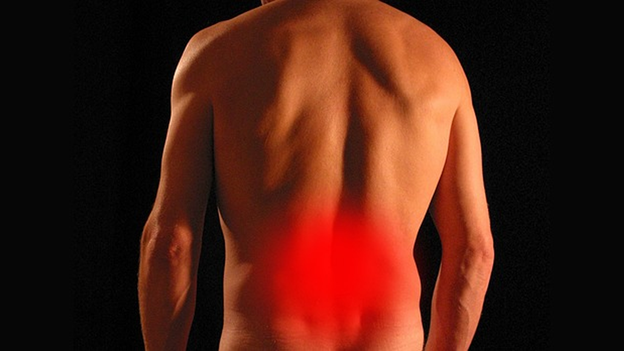Introduction to scoliosis and general overview for awareness:

Scoliosis is a condition where the spine curves sideways. People often think it’s just for kids, but adults can have it too. One type that affects adults is Degenerative Lumbar Scoliosis. This condition usually starts after age 40. It’s similar to the scoliosis seen in teenagers but happens for different reasons. Understanding the distinctions and similarities between adolescent scoliosis and Degenerative Lumbar Scoliosis is crucial.
Understanding the Causes of Degenerative Lumbar Scoliosis
Explanation of degenerative changes in the spine and their effects:
Degenerative Lumbar Scoliosis occurs because of changes in the spine. As we age, our spine undergoes wear-and-tear. The disks and joints in our back can start to break down. Sometimes, these changes lead to a curve in the spine. Bones can become weaker due to osteoporosis, especially in women after menopause. These changes make the spine less stable.
Other causes include conditions like osteoarthritis and injuries from the past. In India, genetic and environmental factors can play a role. For some, these changes occur naturally with age, leading to Degenerative Lumbar Scoliosis.
Recognizing Symptoms and the Importance of Diagnosis
Description of primary symptoms:
Common symptoms include back pain and sometimes issues with the nerves.
Some people feel numbness or tingling in their legs.
It’s important to notice early signs like changes in posture.
Finding these signs helps doctors improve the diagnosis and manage the symptoms better.
The way doctors diagnose it is through looking at a person’s medical history, doing a physical exam, and using imaging tests like X-rays. These tools help doctors make sure it isn’t another condition affecting the spine.
Exploring Treatment Options: From Non-Surgical to Surgical
Comprehensive look at non-surgical treatments:
There are many ways to tackle Degenerative Lumbar Scoliosis without surgery.
Physical therapy can help improve movement and strength. Doctor-prescribed medications can reduce pain.
Minimally invasive procedures, like injections, can provide relief too.
Surgery becomes an option when these treatments do not work.
The decision for surgery depends on the person’s overall health and the severity of the curve.
An expert like Dr. Jyotheswara Reddy is known for successfully treating this condition. He uses techniques that focus on minimizing pain and recovery time. Surgery, while effective, can have risks, so it’s important to discuss benefits and recovery expectations with a trusted healthcare provider.
Coping and Thriving with Degenerative Lumbar Scoliosis
Managing the emotional and psychological facets:
Living with Degenerative Lumbar Scoliosis can affect more than just the body; it can affect emotions too. Finding ways to deal with the stress that comes with it is important. A complete treatment plan includes not just medication but also exercise and a good diet. Staying active and eating well can help manage the symptoms. Lifestyle changes can be adapted to fit living in India, like practicing yoga or eating traditional healthful foods. Finding support from others, like support groups or community resources, can also make a big difference for those dealing with this condition.
Conclusion: A Path Forward for Managing Degenerative Lumbar Scoliosis
Reinforce the significance of early diagnosis and tailored interventions:
Catching Degenerative Lumbar Scoliosis early leads to better management. Custom plans can improve quality of life. Dr. Jyotheswara Reddy’s expertise is a valuable resource in finding the best treatment. New advancements in treatment offer hope for those affected. Being proactive and attentive to symptoms can lead to a life that’s not defined by scoliosis, but by what one can do despite it.


